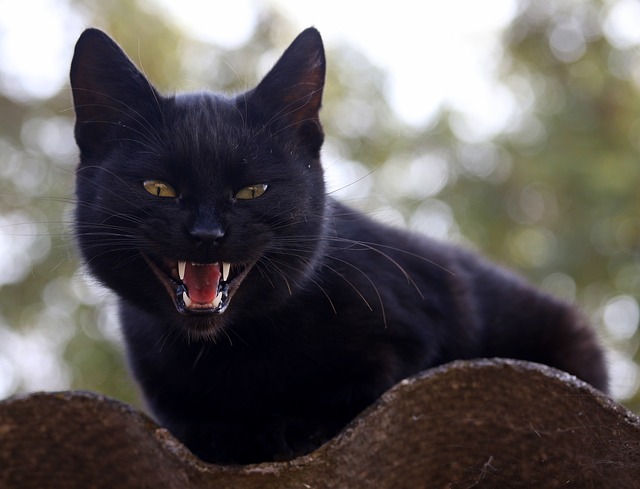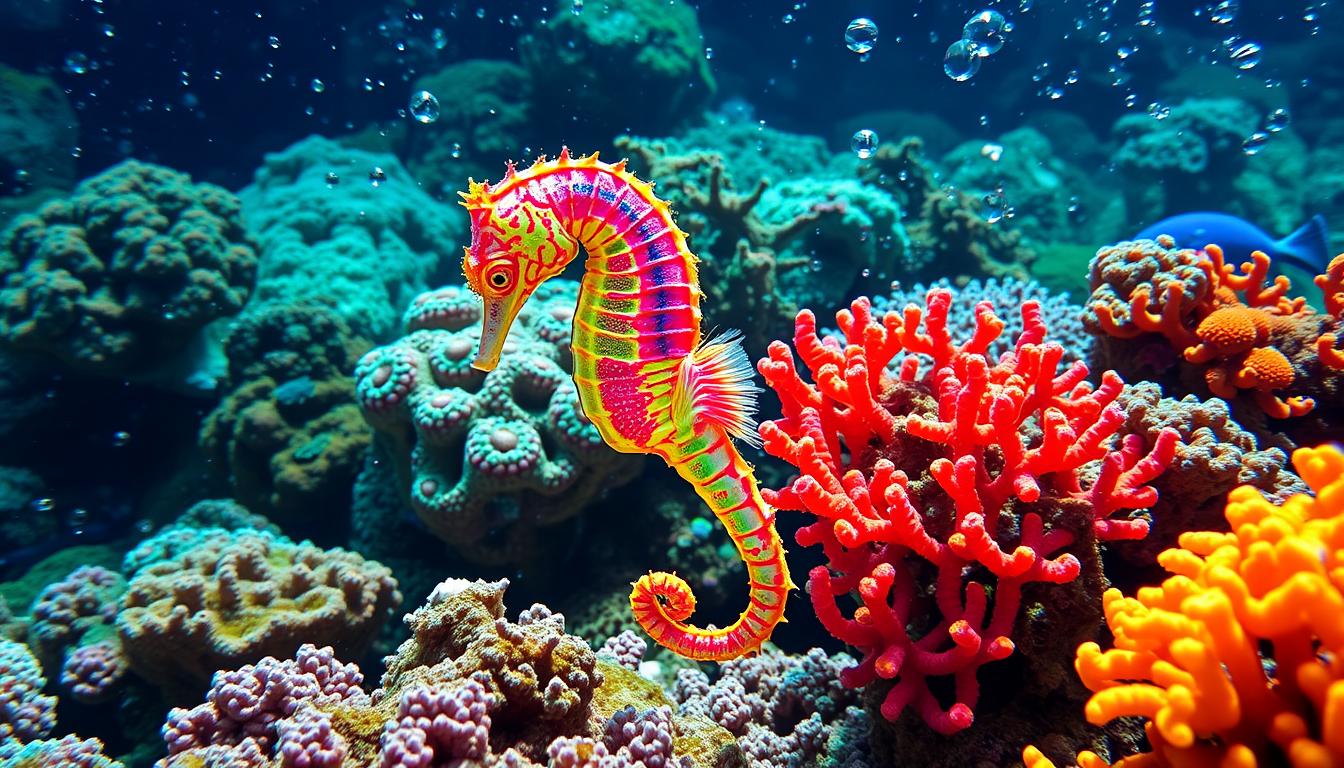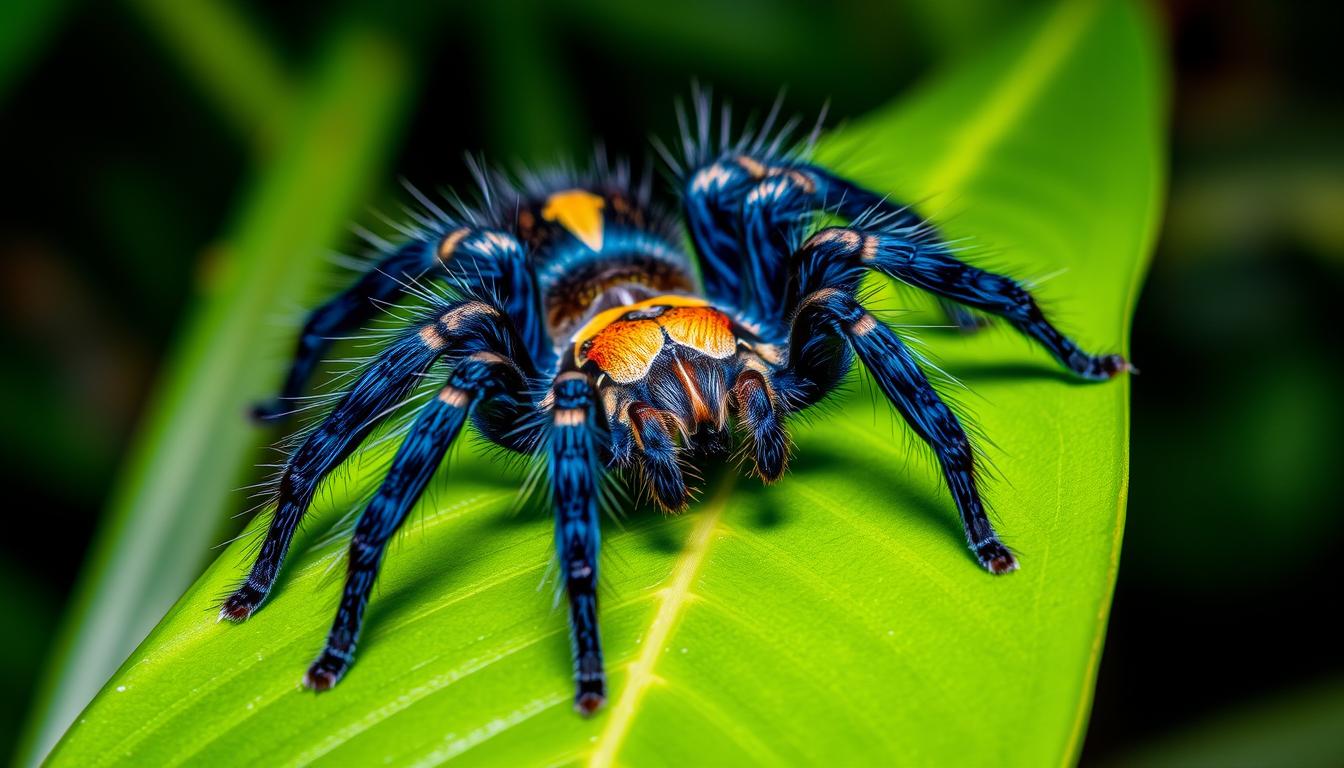Unlocking the Mystery of Cat Teeth: What Every Owner Needs to Know!

Unlocking the Mystery of Cat Teeth: What Every Owner Needs to Know!
Introduction
As a cat owner, you adore every whisker and purr of your feline companion. Yet, amidst cuddles and playtime, one aspect often overlooked is their dental health. Understanding the intricacies of cat teeth is crucial for ensuring your pet’s overall well-being. Let’s delve into this mysterious yet essential topic.
Why Cat Teeth Are Unique
Cats possess a set of teeth adapted to their carnivorous nature. Their dental structure reflects their evolutionary needs as hunters. Adult cats typically have 30 teeth, designed for grasping, tearing, and chewing meat. These teeth include incisors, canines, premolars, and molars, each serving a specific function in the cat’s dietary habits.
An Overview of Cat Dentition
Cat teeth are categorized into four types:
Incisors: These are small teeth located at the front of the mouth, used for nibbling and grooming.
Canines: Sharp and pointed, these teeth are designed for piercing and holding prey.
Premolars: Situated behind the canines, these teeth aid in cutting and shearing food.
Molars: Found further back in the mouth, molars assist in grinding and crushing food before swallowing.
Common Dental Issues in Cats
Despite their natural resilience, cats are susceptible to various dental problems, primarily due to inadequate oral hygiene. Periodontal disease and feline stomatitis are among the most prevalent issues.
Dental Diseases That Affect Cats
Periodontal Disease: This condition involves inflammation of the gums and can lead to tooth loss if untreated.
Feline Stomatitis: A severe and painful inflammation of the mouth tissues, affecting eating and overall health.
Signs of Dental Problems in Cats
Recognizing signs of dental issues early can prevent discomfort and more serious health complications in your cat.
How to Spot Dental Issues Early On
Watch for these indicators:
Bad Breath: Persistent foul odor may indicate dental decay or infection.
Drooling: Excessive drooling can signal pain or discomfort in the mouth.
Having trouble eating: Your cat may show reluctance to eat hard food or chew on one side of the mouth, which could be a sign of dental discomfort.
Behavioral Changes: Irritability, pawing at the mouth, or reluctance to be touched around the face may suggest oral discomfort.
Preventive Care for Cat Teeth
Maintaining good oral hygiene is key to preventing dental problems in cats.
Tips for Maintaining Healthy Cat Teeth
Brushing Your Cat’s Teeth: Use a pet-specific toothbrush and toothpaste to clean your cat’s teeth regularly.
Dental Diets and Treats: Specialized cat foods and treats designed to reduce plaque and tartar buildup can supplement oral care efforts.
Visiting the Veterinarian for Dental Check-ups
Regular veterinary check-ups are essential for monitoring your cat’s dental health.

Importance of Regular Dental Exams
During these exams, veterinarians assess:
Dental Health: Checking for signs of disease, plaque buildup, and oral abnormalities.
Professional Cleaning: Performing thorough cleanings to remove tartar and maintain oral health.
Treating Dental Problems in Cats
When dental issues arise, prompt treatment is crucial to prevent pain and further complications.
Options for Dental Treatments
Dental Cleanings: Professional cleanings under anesthesia to remove tartar and plaque.
Extractions: Removing severely damaged or infected teeth to alleviate pain and prevent spread of infection.
Special Considerations for Senior Cats
As cats age, they may require special attention to maintain dental health.
Dental Care Tips for Older Cats
Soft Foods: Switching to softer diets can ease chewing for senior cats with dental issues.
Regular Monitoring: Increased vigilance in observing dental changes and addressing them promptly.
Understanding Cat Tooth Extraction: Essential Information
In some cases, extraction becomes necessary to improve a cat’s quality of life.
When Extraction Becomes Necessary
Severe Decay: Teeth severely damaged by disease or trauma may need removal.
Chronic Pain: Persistent pain despite other treatments may warrant extraction.
FAQs About Cat Dental Health
How often should I brush my cat’s teeth?
Regular brushing, ideally daily or several times a week, is recommended to maintain oral hygiene.
Are there any signs that my cat has dental problems?
Certainly! Signs to watch for include bad breath, excessive drooling, challenges with eating, and changes in behavior.
Can dental issues in cats affect their overall health?
Absolutely. Untreated dental problems can lead to pain, infection, and systemic health issues.
What should I do if my cat refuses to let me brush its teeth?
Start slowly, using a finger brush or gauze pad, and gradually introduce toothpaste formulated for cats.
Are there specific foods that can improve my cat’s dental health?
Yes, dental diets and treats designed to reduce plaque and tartar buildup can be beneficial.
Conclusion
Understanding and prioritizing your cat’s dental health is essential for their overall well-being. By recognizing the signs of dental problems, practicing preventive care, and seeking regular veterinary check-ups, you can ensure your feline friend enjoys a healthy mouth and a happy life.



